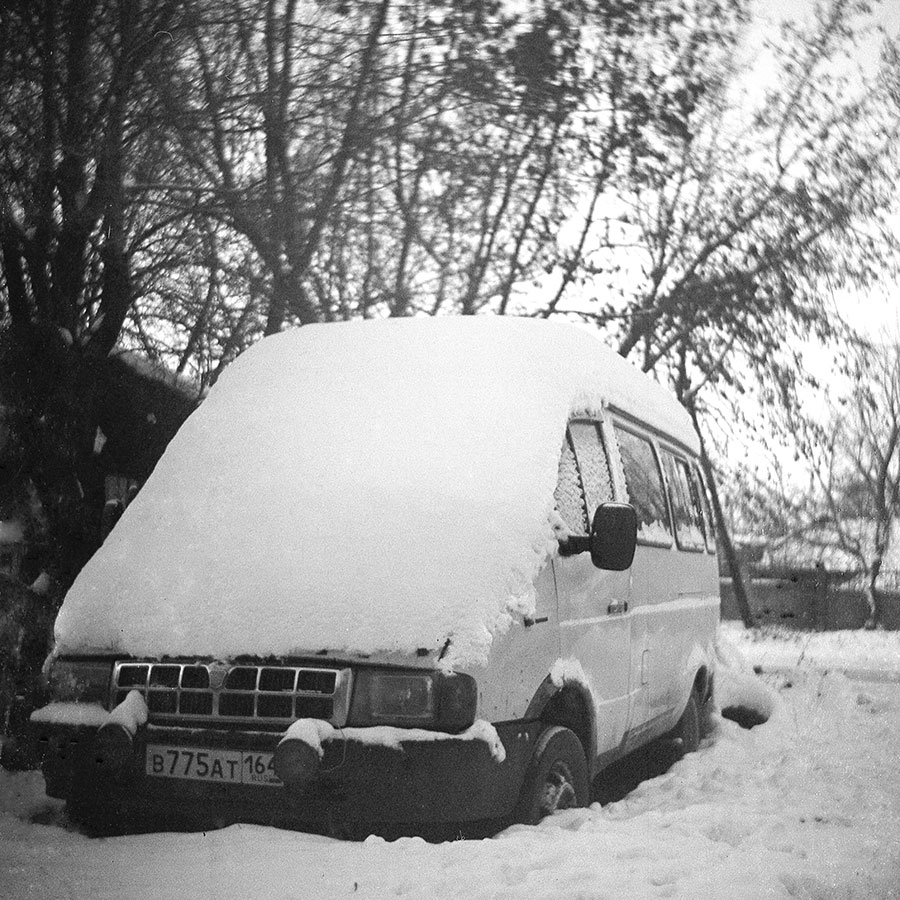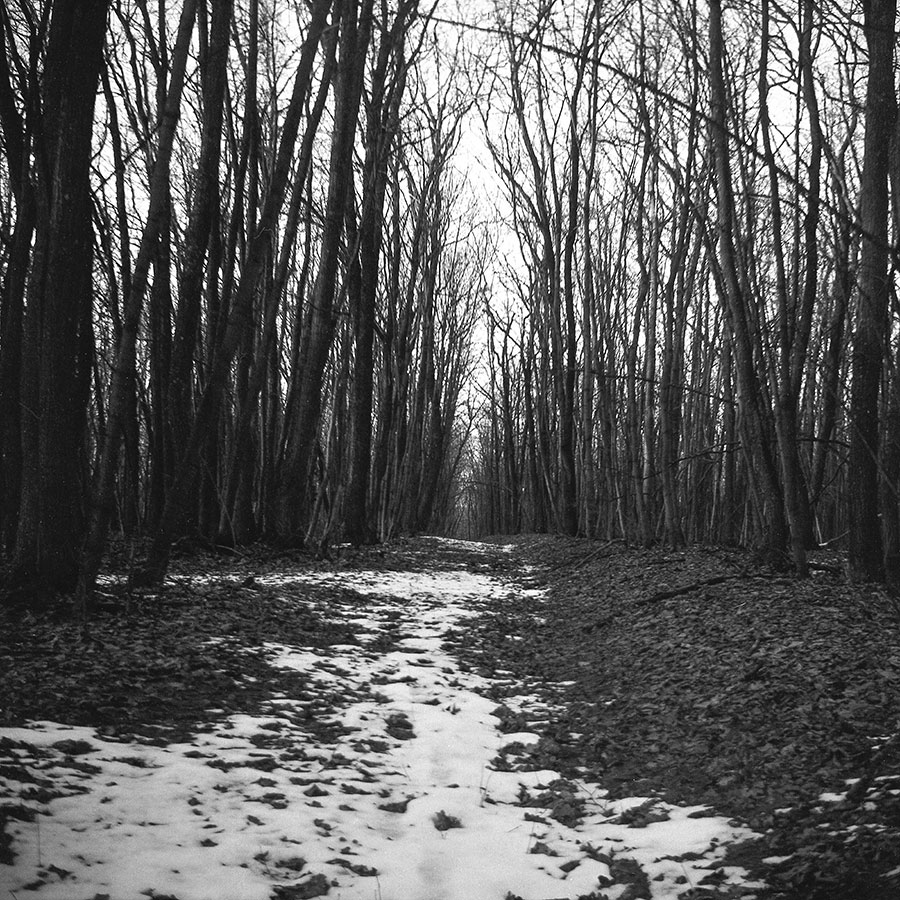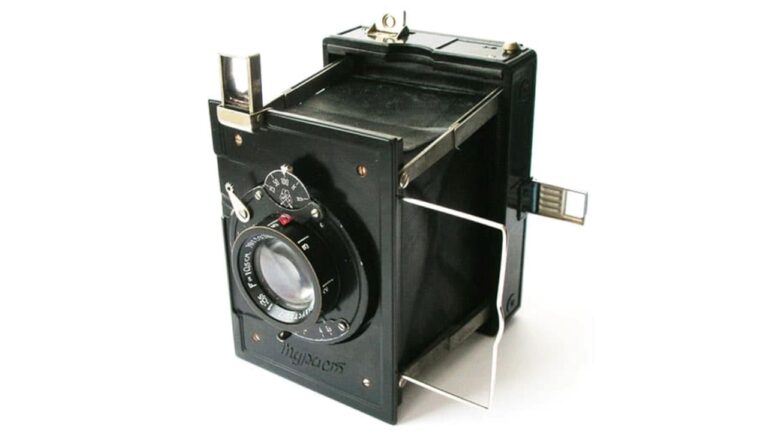Lubitel-166
Lubitel-166 is actually the most technically sophisticated twin-lens camera made in the USSR. But unfortunately, this camera was not too reliable, and as a result, it was replaced by a camera called Lubitel-166b.

Obviously, the Lubitel-166 was an ambitious attempt by the LOMO factory to create a more or less advanced TLR camera.
A lot of useful innovations have appeared in the camera, such as a frame counter, combined shutter cocking and film advancing, more reliable back cover lock, and so on.
Lubitel-166u Specifications
- Type: 120 film TLR camera
- Manufacturer: LOMO plant
- Production period: 1976–1981
- Format: 6×6 cm on 120 film
- Lens mount: fixed lens
- Taking lens: T-22 f/4.5 75 mm
- Viewing lens: f/2.8 75 mm
- Shutter: leaf shutter with speeds from 1/15 to 1/250 sec.
- Viewfinder: waist-level finder
- Light meter: none
- Flash synchronization: sync socket “X”
- Self-timer: mechanical
- Weight: 608 grams
Lubitel-166 Overview
Unfortunately, in Soviet times, plants did not know how to create both sophisticated and reliable equipment, and therefore the Lubitel-166b was a much simpler camera.
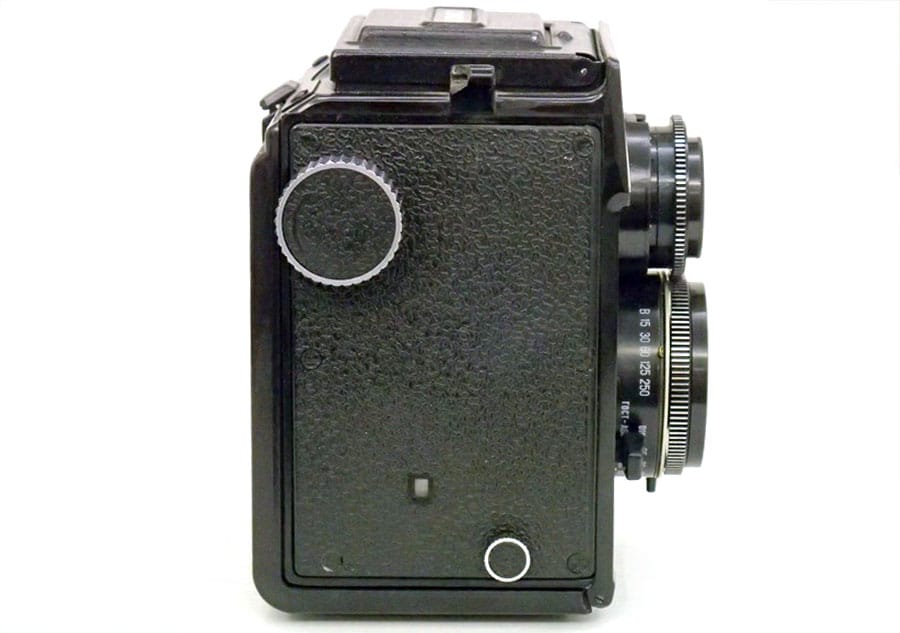
Lubitel-166 was produced at the Leningrad Optical-Mechanical Association (LOMO) from 1976 to 1981.
Like all other Soviet twin-lens cameras, this medium format camera is made of plastic of quite high quality (especially by Soviet standards).
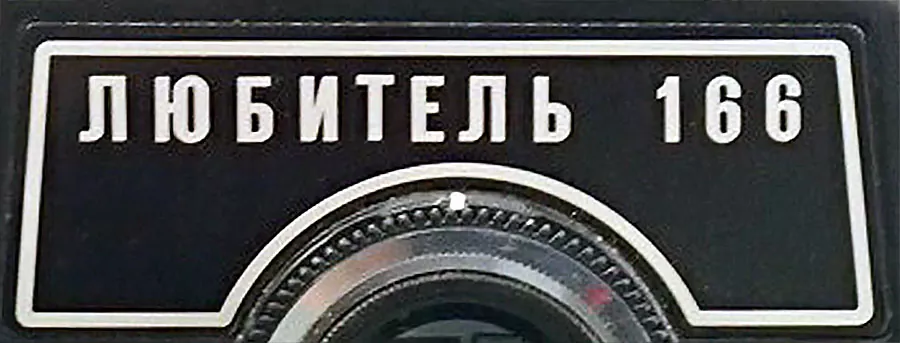
As we said before, unlike previous models, the Lubitel-166 frame rewind is combined with the shutter cocking. The shutter button is also made a little more complicated and is similar to the button of the Vilia camera.
In addition, the camera finally got a frame counter, and now the photographer does not need to look in the red window and control the rewind of the film visually.
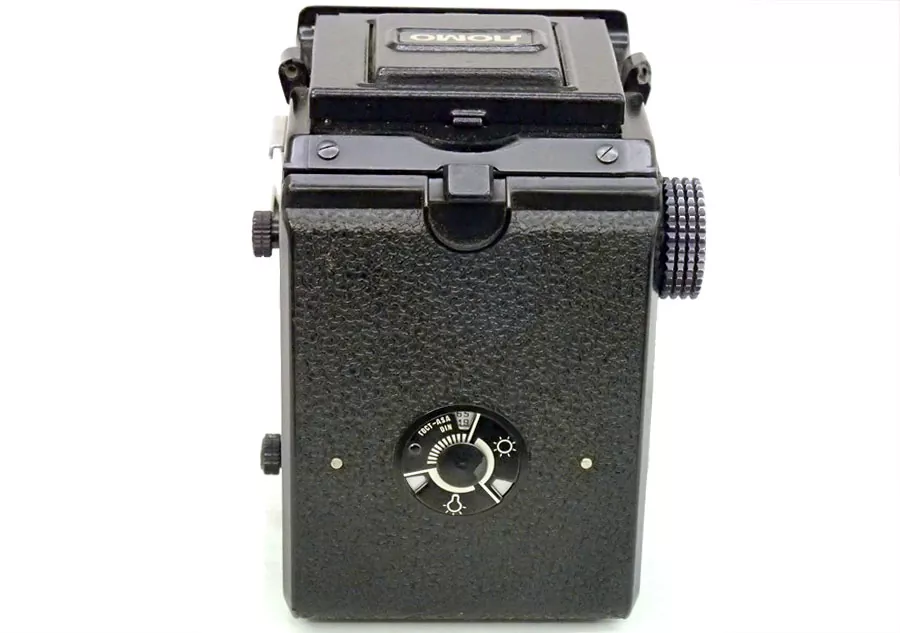
Lubitel-166 Lens
The Lubitel-166 is equipped with a Triplet T-22 4.5/75 mm lens, a classic three-element design produced by LOMO. The lens construction follows the proven Cooke triplet formula – three elements in three groups.
This design provides a very authentic image with sharp central detail and slightly softened edges typical for many entry-level Soviet medium-format optics.
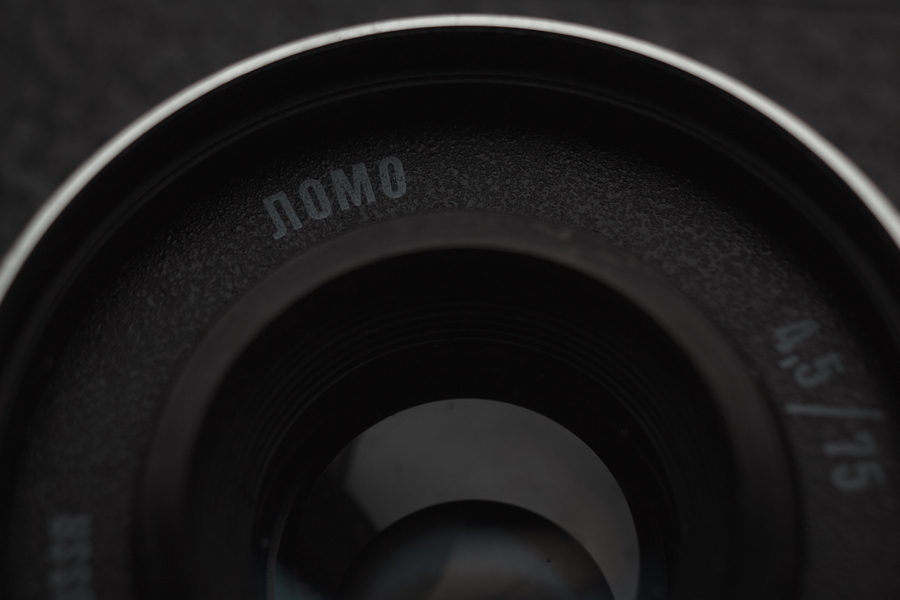
The aperture range runs from f/4.5 to f/22, controlled by a smooth lever located under the lens.
The viewing lens, placed directly above, has the same focal length of 75 mm and a wider aperture of f/2.8, allowing a brighter finder image.
Both lenses are mechanically linked, just like in the previous Lubitel cameras, through a system of gears, so adjusting the focus on one automatically shifts the other.
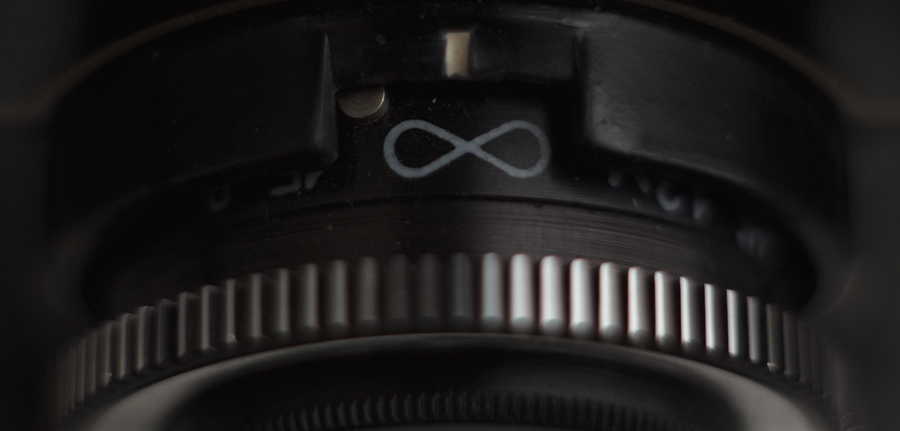
The focusing range extends from 1.3 meters to infinity. This range enables confident operation for portraits, still-life work, and landscapes alike.
The T-22 lens on the Lubitel-166 differs slightly from earlier versions due to improved coating and better manufacturing consistency.

Its coating helps reduce flare and enhances contrast, giving the negatives a slightly cleaner look than on the Lubitel-2. Optimal sharpens is achieved between f/8 and f/11, where the lens produces even resolution across most of the 6×6 frame.
The rendering of the Triplet T-22 remains unmistakable – a sharp subject core with smooth background blur and mild vignetting at wider apertures.
In practical use, the lens provides a distinctive vintage character, characteristic of classic medium format cameras.
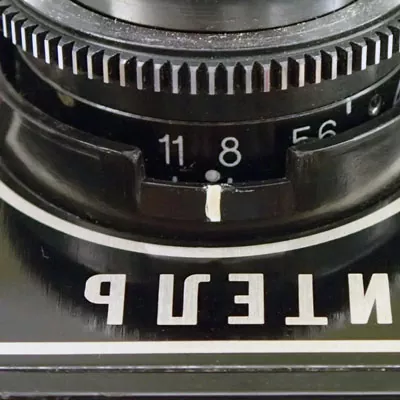

Lubitel-166 Shutter
The Lubitel-166 uses a central leaf shutter located between the optical elements of the Triplet T-22 lens. This simple design ensures even exposure across the entire 6×6 frame and a quiet, vibration-free operation – an advantage over focal-plane shutters found in SLRs or in more advanced medium format Kiev cameras.
The shutter is fully mechanical and must be cocked manually before each exposure using a short lever on the right side of the lens assembly.
It provides six speeds – 1/15, 1/30, 1/60, 1/125, 1/250 seconds, and Bulb (B). This simple set covers most typical shooting situations.
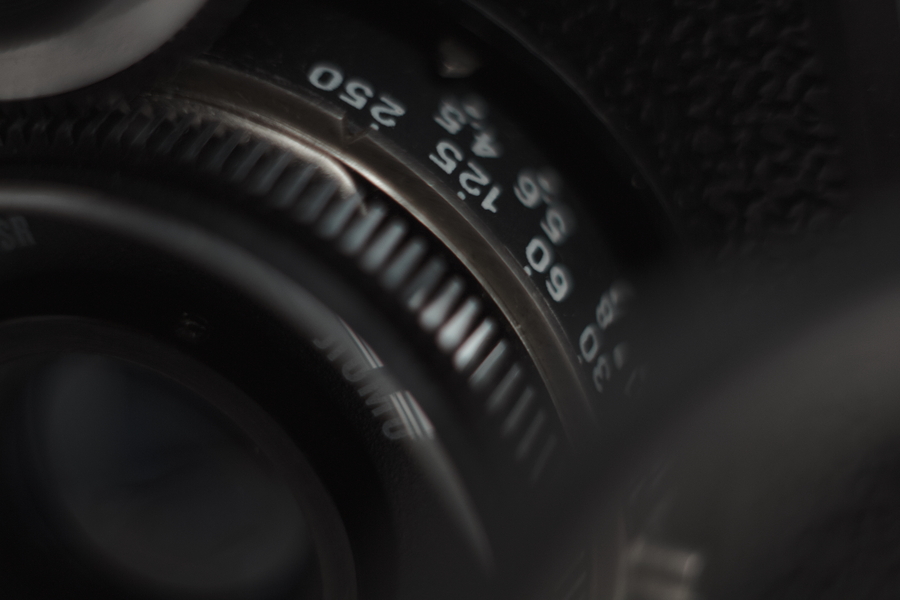
These speeds are selected with a smooth rotating ring positioned around the lens, marked with both numeric values and small weather symbols (like in Smena cameras), intended to help beginners estimate exposure without a light meter.
The release button is placed on the front panel in a comfortable, slightly angled position for the right hand. It has a firm and short travel, giving the shutter a precise and predictable feel.
The design also includes a safety interlock that prevents double exposure – the shutter cannot be fired twice without advancing the film.
The Lubitel-166 features an X-type flash synchronization socket, allowing electronic flash use at any shutter speed since the leaf shutter opens fully during exposure.
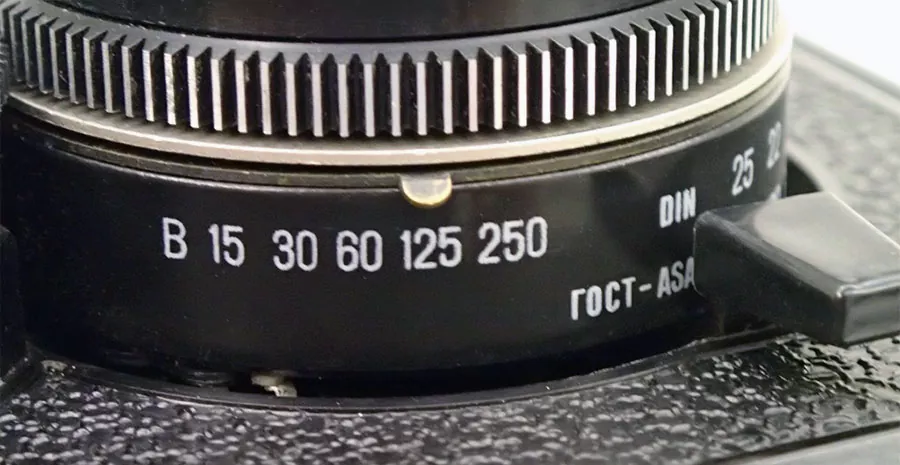
Camera Body and Controls
Unlike previous models and the Komsomolets cameras, the body of this model is made of plastic, not bakelite. Some users report that this material is less durable and can leak light, but our team has not encountered such issues.
The front panel is dominated by the twin lenses and central shutter assembly, surrounded by marked rings for aperture and shutter speed.

On the top sits a folding waist-level finder that opens into a tall light-shielding hood. Inside is a bright focusing screen with a matte circle in the center for precise focusing and a folding magnifier that helps achieve critical sharpness.
The finder hood can also be partially folded to form a sports-type direct viewfinder, useful when framing fast-moving subjects or shooting outdoors in bright conditions.
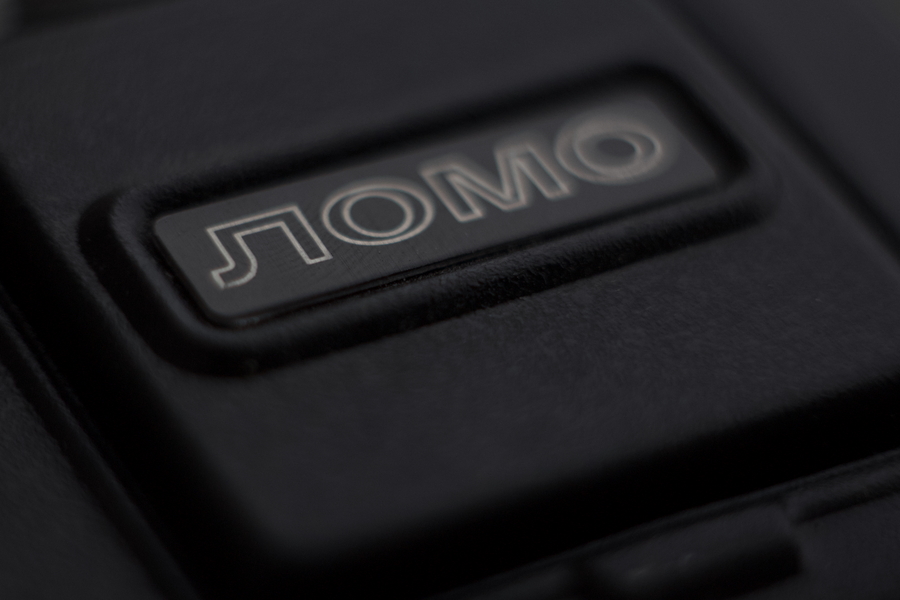
Film loading is done by opening the hinged back door, where the 120 roll film is placed on the lower spool and wound upward.
The film advance knob, located on the right side, is coupled with the shutter system – winding automatically cocks the shutter and advances to the next frame.
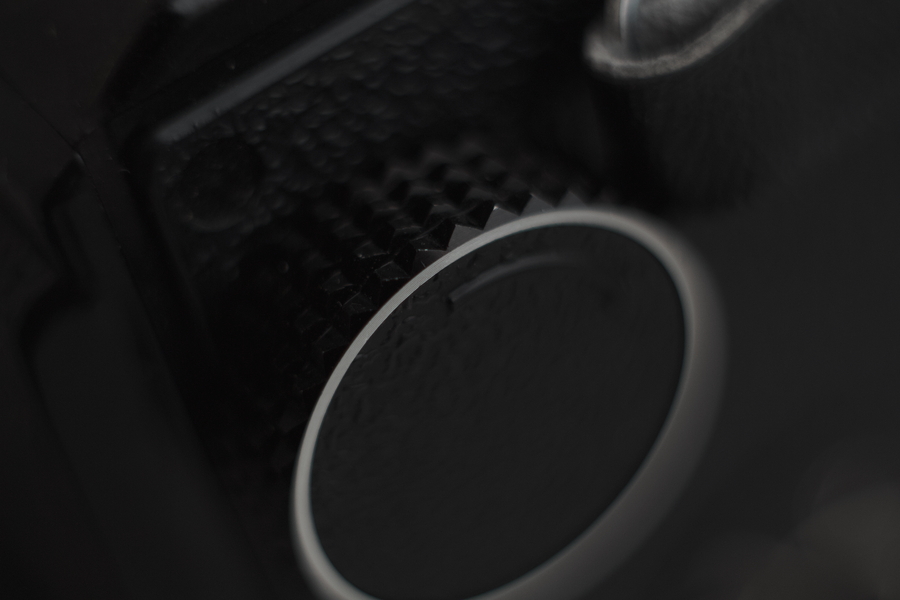
The camera is also equipped with a mechanical frame counter and a double-exposure prevention system, which ensures each frame is exposed only once.
An ergonomic shutter release button is positioned low on the front of the body, easy to reach with the right hand while holding the camera at waist level.
The tripod socket on the base accepts a standard 1/4-inch screw.

The control layout is straightforward and pretty standard for many entry-level TLR cameras. All key operations – winding, focusing, exposure adjustment, and shutter release – are performed manually but are well placed for quick access.
Distinctive Features
But of course, this camera also had some noticeable changes compared to older models. For example, this Soviet medium format camera has a shoe for attaching a flash and other photo devices. And as you can see from the photos, this is not a cold shoe, but a real hot shoe.
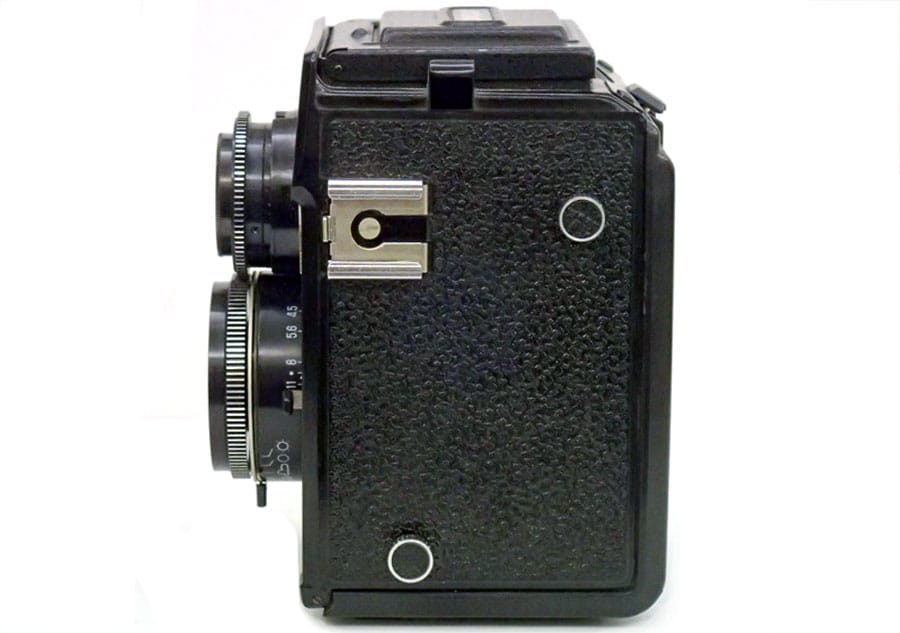
But there were some simplifications in comparison with older models (do not forget, this is a Soviet camera, it cannot do without simplifications).
For example, this TLR camera does not have a self-timer. That is, if for some reason you really like to take selfies on Soviet cameras, then this will be a big drawback for you.
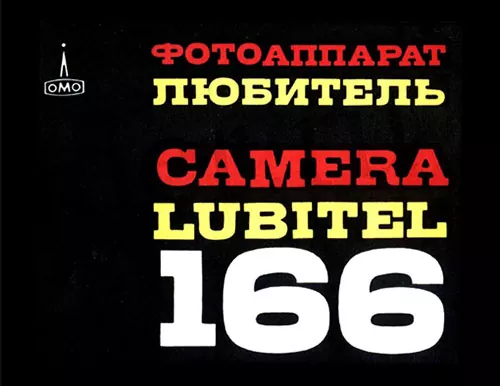
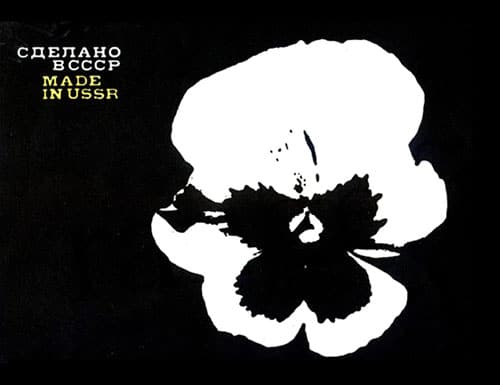
The Lubitel-166 camera very clearly shows the Soviet tendencies to simplify everything that can be simplified. For obvious reasons, the Soviet Union did not know how to create something simultaneously constructively complex, high-quality, and reliable.
Trying to add any complications and improvements, Soviet engineers were faced with brutal Soviet reality. Poor people, state control over everything, and low-quality control at the factories did their job, and the Lubitel-166 camera was replaced by a simpler version called Lubitel-166b. Thus, the camera returned to almost the same design as in the Lubitel-1 and Lubitel-2 cameras.
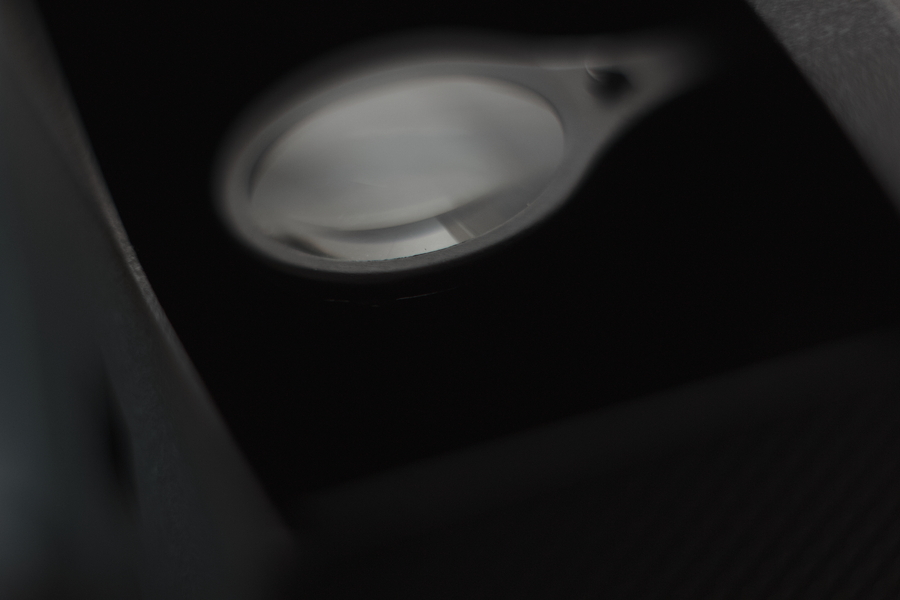
Conclusion
If you want to purchase an interesting Soviet medium-format twin-lens camera, the first models, such as the Lubitel or Lubitel-2 of this brand will be the best solution.
These cameras have the same features as Lubitel-166, but because of the extreme simplicity of the design, there is less risk that the camera will break.
Nevertheless, Lubitel-166 is also a very good camera. If you find a working copy (or repair the camera after purchase), you will get a rather interesting Soviet device that can take really interesting photos.
Don’t look at the simplicity of this soviet TLR camera, this is not a Holga-type toy camera, this is a real TLR. The camera is made of cheap but good quality plastic and the lens is made of real glass.
Medium format film combined with the triplet lens of this soviet TLR camera can allow you to create truly atmospheric photos.





